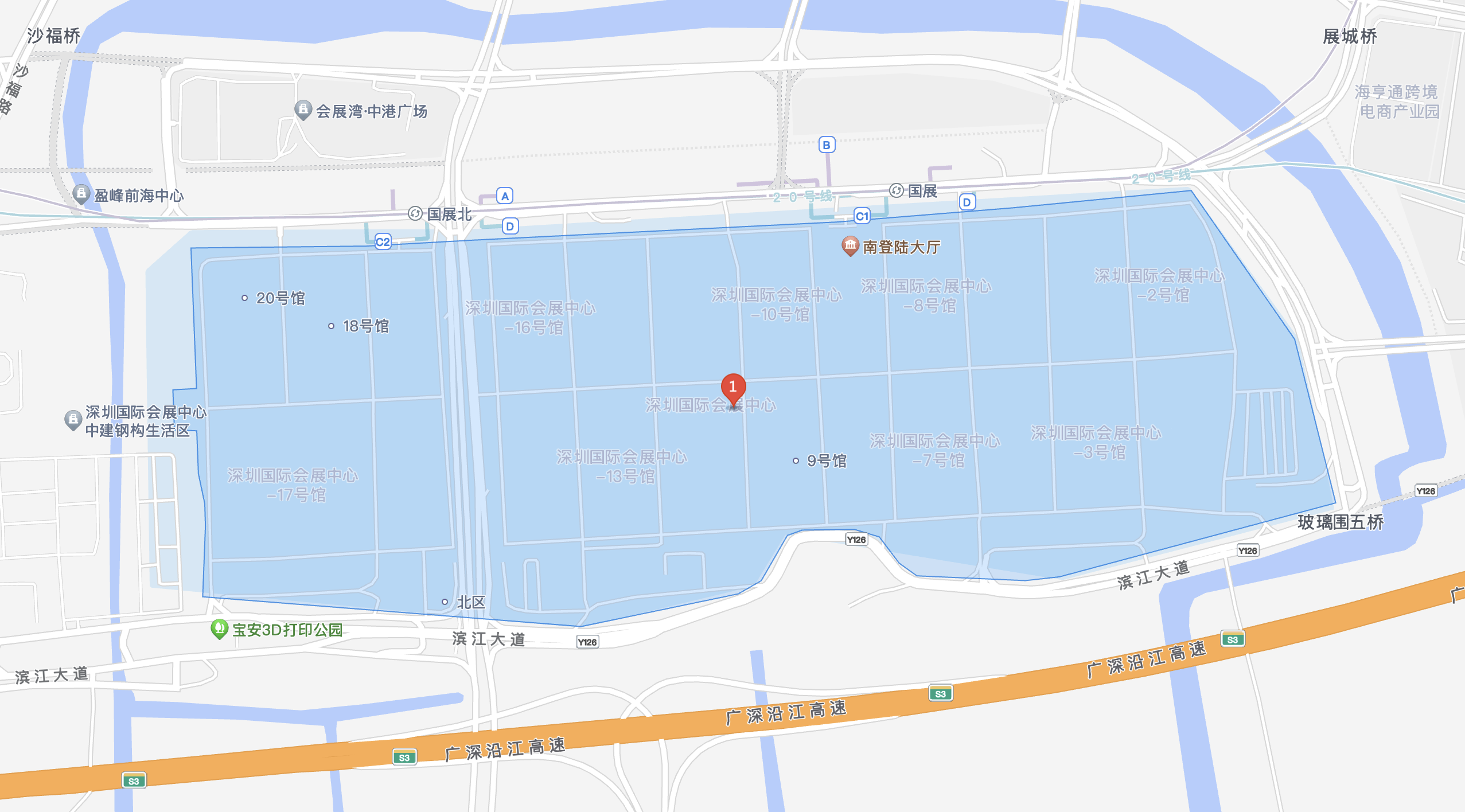In recent years, fueled by the popularity of smart cars and advances in radar chip manufacturing, the domestic millimeter-wave radar market has grown rapidly.
Data from the first quarter of 2025 shows that China's installed base of in-vehicle millimeter-wave radars reached 6.263 million units, with models in the 100,000-300,000 yuan price range driving the growth. The penetration rate of forward-facing radars jumped from 39.1% to 46.7%. In the consumer electronics sector, low-power millimeter-wave radars are enabling contactless interactions in scenarios such as smart homes and security monitoring.
Millimeter-wave radars are beginning to enter the homes of ordinary people: human presence detection in smart door locks, blind spot monitoring for electric bicycles, and gesture control for smart homes—these innovative applications are reshaping the consumer market.
To better share cutting-edge developments in the millimeter-wave radar ecosystem with industry colleagues, and to more deeply analyze its value and promote its development, the "IOTE 2025 Shenzhen Millimeter-Wave Radar Technology Ecosystem Seminar" was successfully held at Hall 10, Venue 3, Shenzhen International Convention and Exhibition Center (Bao'an New Hall) on the afternoon of August 27. The seminar was hosted by the Shenzhen Internet of Things Industry Association and co-organized by IoT Media, IOTE, AIoT Star Map Research Institute, and AIoT Library.
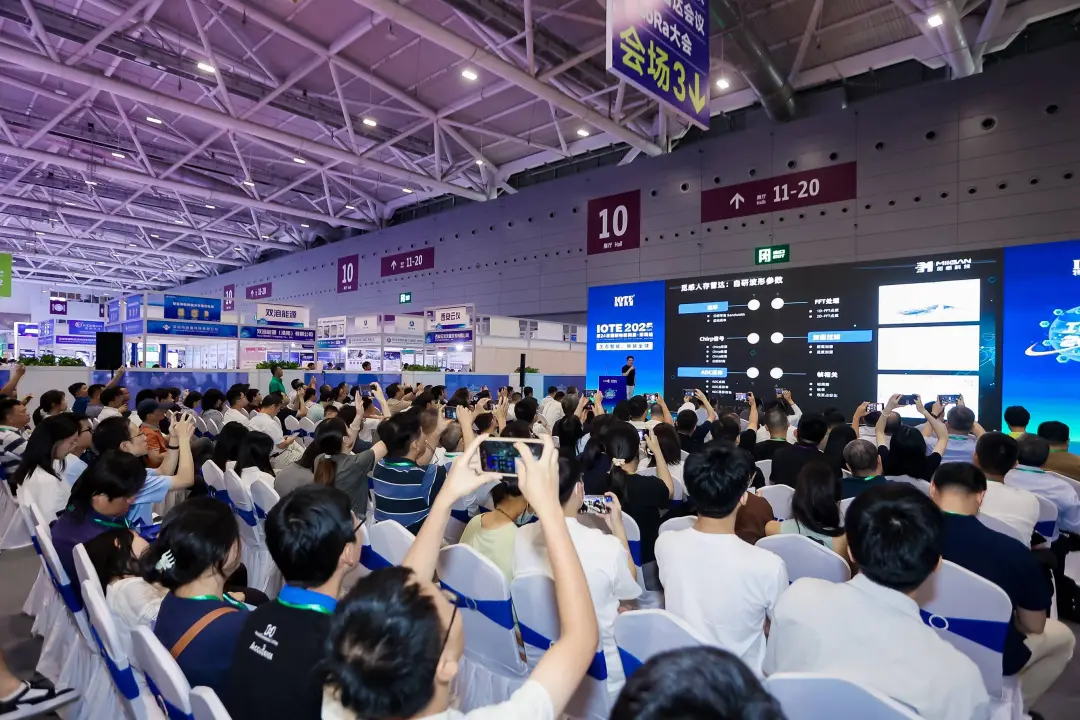
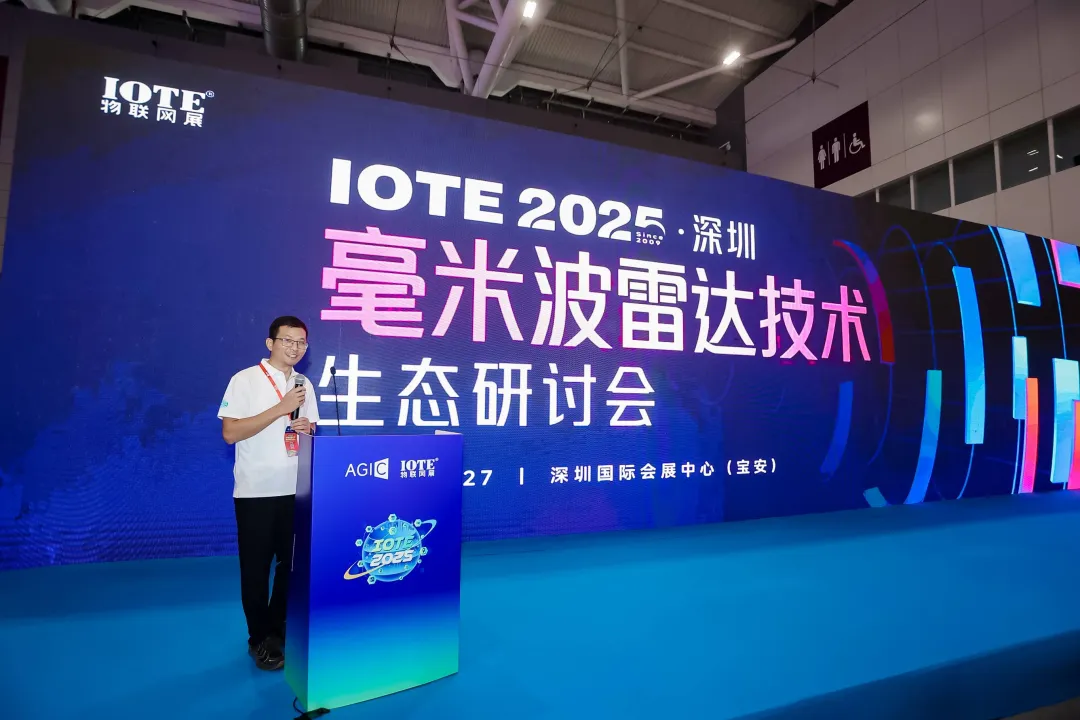
Moderator (Liang Rongwei, Senior Industry Director, IoT Media)
This conference, a sub-forum of the "IOTE 2025, the 24th International Internet of Things Exhibition," focused on the application scenarios, technical challenges, and cutting-edge trends of millimeter-wave radar, inviting representatives from various industry sectors to attend.
Participating company representatives included: Guo Xuefeng, Head of Radar Product Line, Hong Kong Applied Science and Technology Research Institute; Huang Zhiyuan, CEO, Migan Technology; Xu Hongtao, CEO, Sidian Micro; Lu Yumin, CEO, Sijie Micro; Pan Pan, COO, Zhenghe Microchip; and Liu Houliang, COO, Miaomi Technology.
These guests provided fascinating presentations at the conference, and Core Sensing has compiled the highlights of their presentations for you after the event.
AI Edge Dispersal
Discusses the current status and development of millimeter-wave radar, AI edge computing, and integrated telepresence technologies.
Speaker: Guo Xuefeng, Head of Radar Product Line, Hong Kong Applied Science and Technology Research Institute
This presentation analyzes millimeter-wave radar: its 12 core metrics (range, speed, horizontal/vertical angle range/accuracy/resolution), including parameters related to the radar equation; outlines the signal processing pipeline (preprocessing → 1D/2D/3D FFT → CFAR detection → angle estimation → clustering → tracking); and presents a comprehensive technology overview, including the industry chain (upstream: chip vendors such as NXP, TI, and Calterah Microelectronics; midstream: product vendors such as BOSCH and Huawei; downstream: automotive, industrial, and other scenarios), hardware and software, technology classifications, and development trends (such as 4D imaging radar and multi-sensor fusion).
The presentation further elaborated on UWB interawareness: its advantages (centimeter-level accuracy, multipath interference resistance, low latency, etc., compliant with IEEE802.15.4z) and spectrum (3.1-10.6GHz); compared the core differences between UWB radar, millimeter-wave radar, and cameras (UWB has strong penetration, privacy, and environmental adaptability, while cameras have weaker ones); listed application scenarios (CPD, SM, KTO, and DK); and explained the positioning principle (based on concentric antenna arrays, estimating TOA and AOA using CIR, and calculating phase difference and distance to achieve single-anchor positioning).
Finally, the presentation discussed AI edge computing: clarifying the relationship between AI, ML, and DL; explaining the core of edge computing (distributed data and computing) and its advantages; and outlining the training and inference process (8:1:1 data distribution, from preprocessing and training to deployment and inference), as well as the key steps and post-training outputs of machine learning. Using motorcycle millimeter-wave radar software as an example, the application process (signal processing to generate a point cloud → preprocessing → clustering → tracking → BSD decision-making) was demonstrated.
AI at the edge
The current status and prospects of consumer millimeter-wave radar
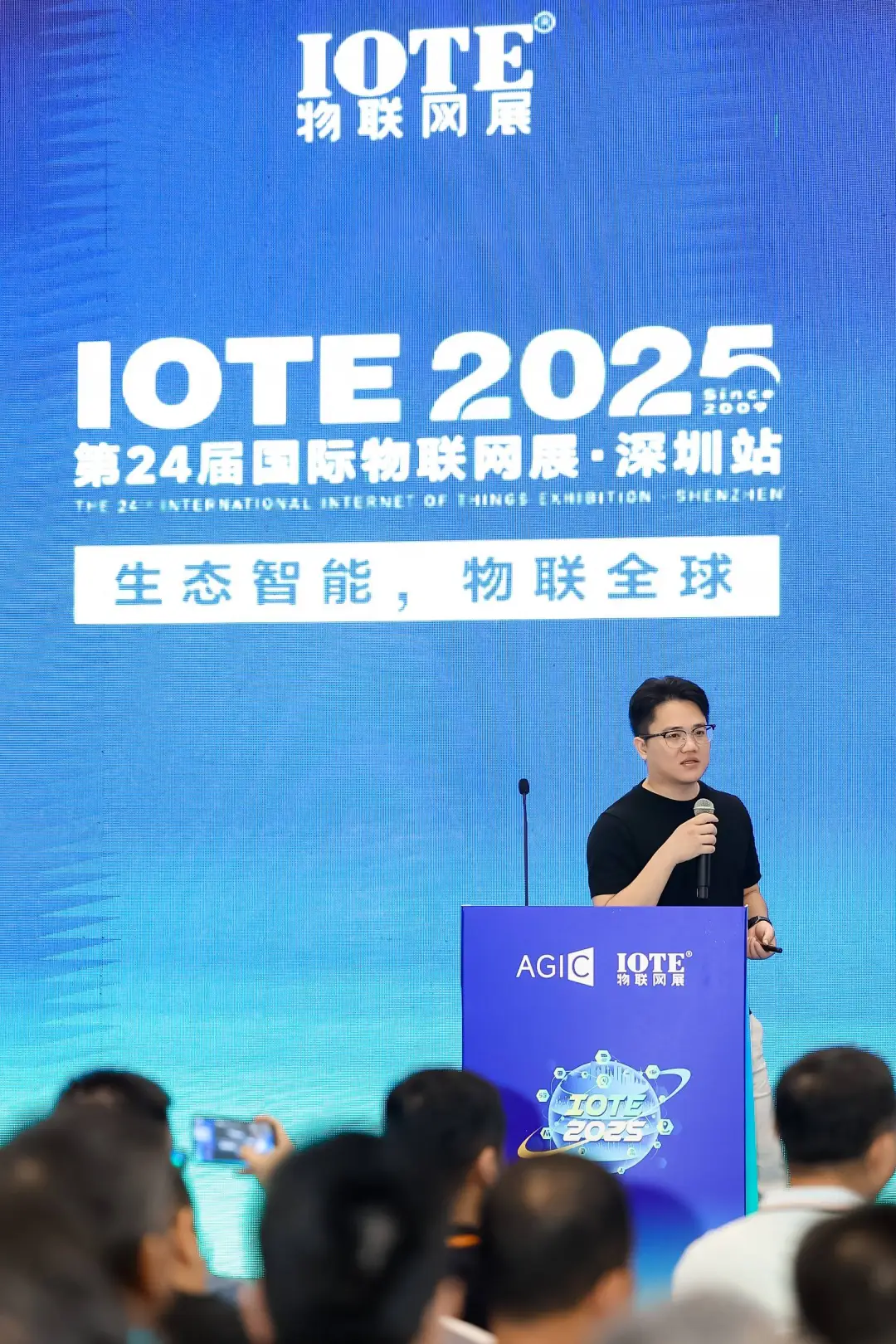
Speaker: Huang Zhiyuan, CEO of Migan Technology
This presentation focused on the "Current Status and Outlook of Consumer Radar," systematically expounding on the current state of the consumer radar industry.
Mr. Huang pointed out that consumer radar is currently experiencing differentiated development trends, with low-frequency and high-frequency radars. Low-frequency microwave radar (such as 5.8GHz/10GHz) is highly popular, boasting advantages such as a comprehensive product portfolio, high cost-effectiveness, and wide application. It has been widely used in smart lighting, smart home, and bathroom applications. The domestic market is expected to see continued growth and price declines between 2023 and 2026, lowering the barrier to entry thanks to a mature industry chain. However, its technical bottlenecks are significant: its reliance on the Doppler effect results in weak static detection capabilities, making it difficult to distinguish targets at the same distance and speed, its poor anti-interference capabilities, its inability to obtain angular information, and its limited functionality expansion.
While high-frequency millimeter-wave radar holds great potential, it faces numerous challenges in implementation. Currently, it faces challenges such as insufficient radar algorithm capabilities, high development resource investment, long project development cycles, high costs, and insufficient scene adaptation and polish. These issues hinder its large-scale application.
AI is spreading at the edge.
Exploring the new millimeter-wave sensing ecosystem, collaborating and innovating to shape the future.
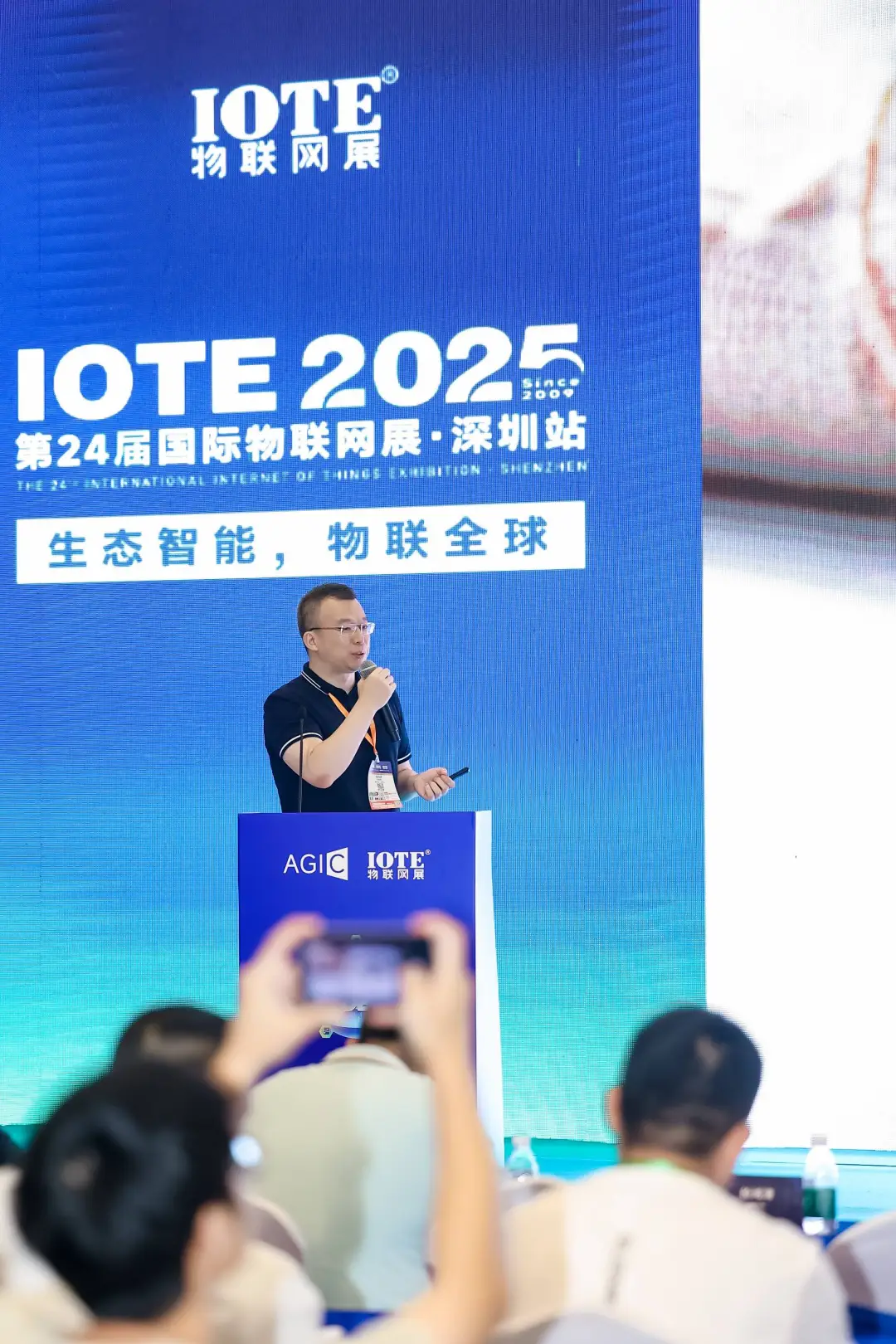
Speaker: Xu Hongtao, CEO of Silicon Micro
This presentation focused on the core pain points and solutions in millimeter-wave technology applications, highlighting how the ultra-compact ICL111A Antenna-in-Package (AiP) SoC and its supporting ecosystem overcome the challenges of traditional millimeter-wave development and deployment.
Mr. Xu pointed out that traditional millimeter-wave solutions face multiple challenges, including bulky size, high cost, complex production, environmental sensitivity, and long development cycles. The ICL111A achieves high integration in an extremely small form factor (minimum 5.5×5.5mm, maximum 12×12mm), saving approximately 90% of system space and significantly reducing hardware size and thickness. It is suitable for a variety of compact terminal devices, including smart lighting, switches, home appliances, and smart screens.
This chip not only achieves "miniaturization, low power consumption, and high cost-effectiveness" at the hardware level, but also provides "easy-to-develop, open-enabling" software and hardware support through the Xen series reference design and ONE Lab development kit. This includes documentation, algorithms, development tools, and technical support, significantly reducing development barriers and cycles (from "months" to "days"), helping customers quickly achieve productization.
AI Edge Dispersal
Automotive, Industrial, and Consumer-Grade Millimeter-Wave Radar Products and Market Share
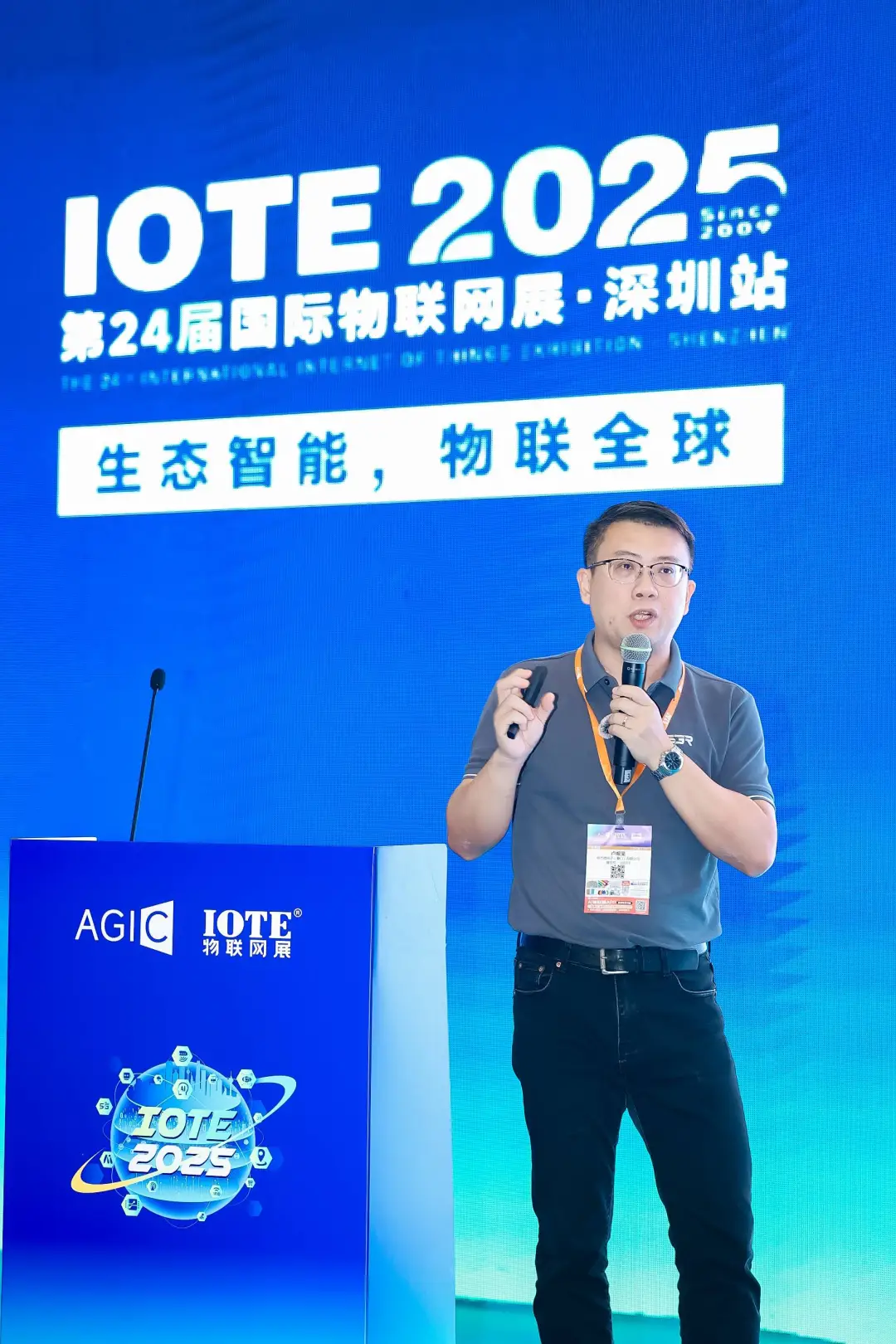
Speaker: Lu Yumin, CEO of Sijiewei
This presentation focused on millimeter-wave radar products and market progress, covering radar technology principles, technological innovations, multi-field application scenarios, and the company's core capabilities.
Mr. Lu explained that the key to millimeter-wave radar's status as a key technology for intelligent perception lies in its ability to accurately capture target information in three dimensions: distance, angle, and speed. Distance detection relies on the electromagnetic wave's time of flight, with signal bandwidth determining resolution. Angle recognition relies on antenna angle differences, with the number of antennas directly impacting resolution accuracy. Speed measurement is achieved through Doppler shift; longer measurement times yield higher speed resolution.
In terms of technology, the currently mainstream pulse radar, frequency-modulatable continuous wave radar (FMCW), and phase-modulatable continuous wave radar (PMCW) each have their own advantages. FMCW radar, with its stable signal transmission and reception characteristics, has been widely used in various scenarios. A complete millimeter-wave radar sensor consists of an antenna responsible for beam transmission and reception, a transceiver for processing RF signals, and a signal processing module for data calculation. The coordinated operation of core components such as the LO, LNA, and VGA ensures accurate and efficient detection.
AI at the Edge
Building an open millimeter-wave SoC platform to accelerate the development of a full-scenario intelligent ecosystem.
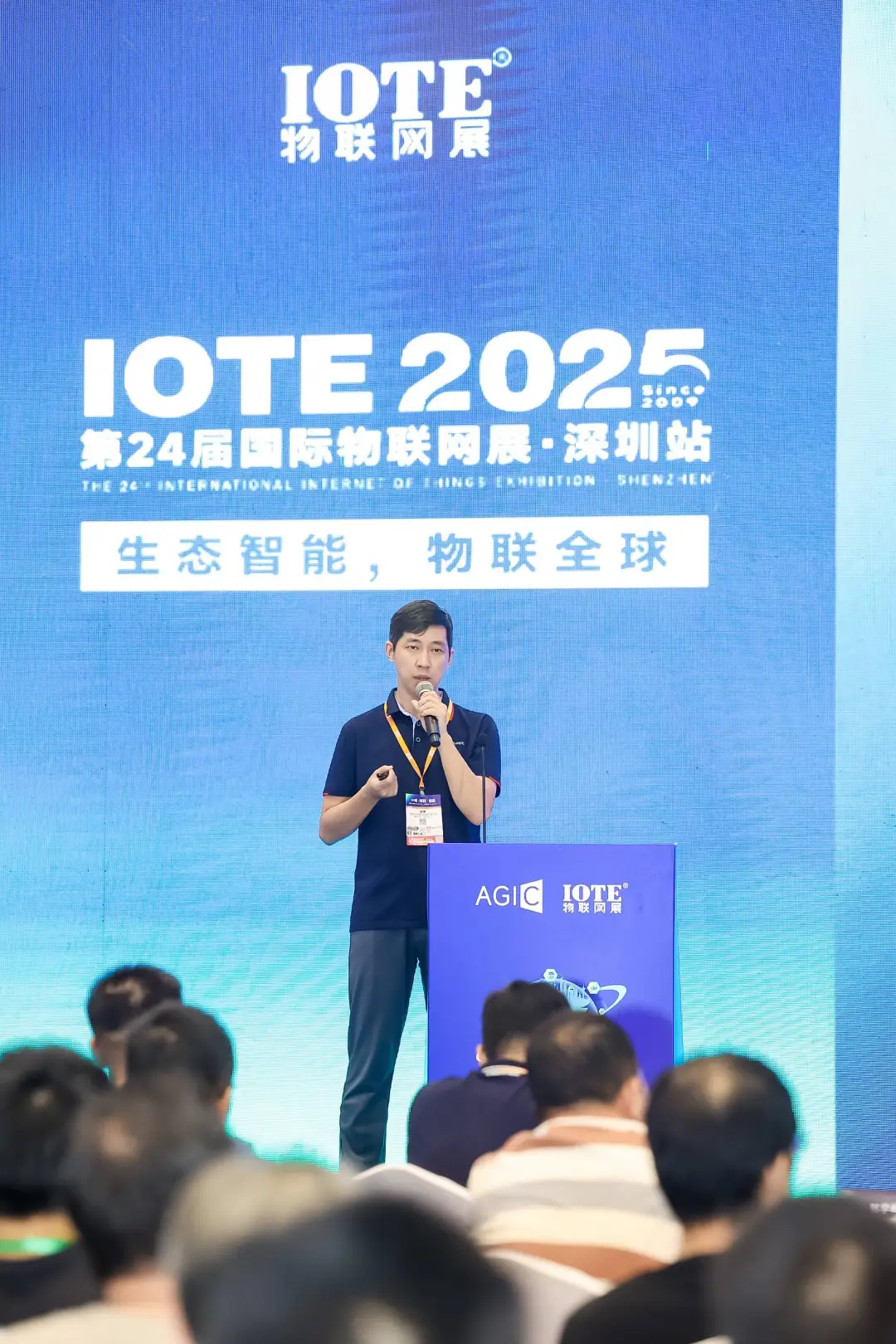
Speaker: Pan Pan, Chief Operating Officer, Zhenghe Microchip
The keynote address covered the advantages of millimeter-wave SoC products, the construction of an open platform, the development of an open ecosystem, and full-scenario intelligent solutions.
Zhenghe Microchip is committed to building an open platform for millimeter-wave SoCs to promote the development of a full-scenario intelligent ecosystem. The company offers a series of millimeter-wave sensors (including the RS2xxx, RS6130, RS6240, and RS7241) covering mainstream frequency bands such as 24 GHz, 60 GHz, and 77 GHz. These sensors offer high cost-effectiveness, high performance, and broad application adaptability. These products offer advantages such as full-band coverage, low power consumption, high integration, and excellent radar performance, along with extensive application experience and highly open chips, hardware, algorithms, and SD support.
Through its open platform, Zhenghe Microchip provides comprehensive services, including official technical support, development boards, data downloads, community discussions, online shopping, and video tutorials, to help customers quickly implement their products. Its millimeter-wave SoCs have been widely used in various fields, including smart homes, healthcare monitoring, smart security, industrial inspection, and smart cars. The company collaborates with ecosystem partners to promote the healthy development of the industry.
AI's edge is spreading.
Millimeter-wave radar empowers innovative categories to expand overseas.
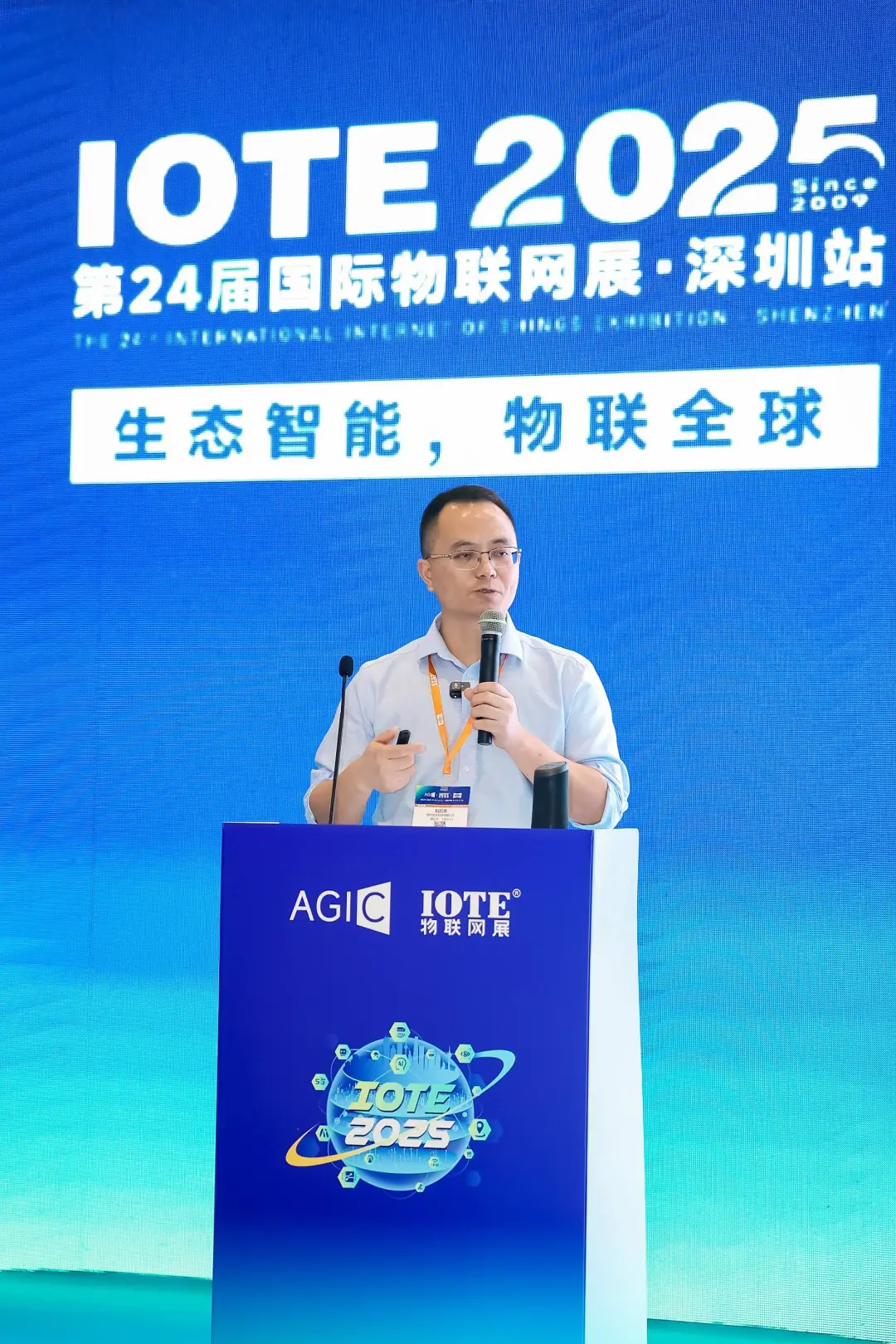
Speaker: Liu Houliang, COO of Miaomi Technology
This presentation focused on how millimeter-wave radar is empowering innovative product categories to expand overseas. It began with market research, noting the significant demand for health and sleep, increased investment in health, and more sophisticated needs. Sleep problems are widespread, home health smart hardware is gaining traction, and the prospects for contactless sleep monitoring technology are promising. The presentation also analyzed the characteristics of various sleep-related products, including smart eye masks and smart mattresses. Five competing products, including the Vayyar Wanyun Sleep Monitor, were analyzed from multiple perspectives, including pricing and positioning. Furthermore, the presentation conducted in-depth research into the white noise machine market trends (projected global growth of 6.2% by 2029, with North America dominating and reaching $2.1 billion), user groups, consumer behavior, competitive performance, and product pain points and opportunities. The presentation then proposed future design directions for white noise sleep aids.
The presentation then elaborated on the global expansion strategy, specifically targeting the sleep improvement market and targeting diverse customer groups. The presentation focused on creating innovative product categories centered on breakthroughs in millimeter-wave radar technology, algorithm-driven adaptation, and the mining of health data value to create differentiated competition. The presentation also planned to establish an "adaptive sleep light" within 1-2 years. Category leadership and other development goals.
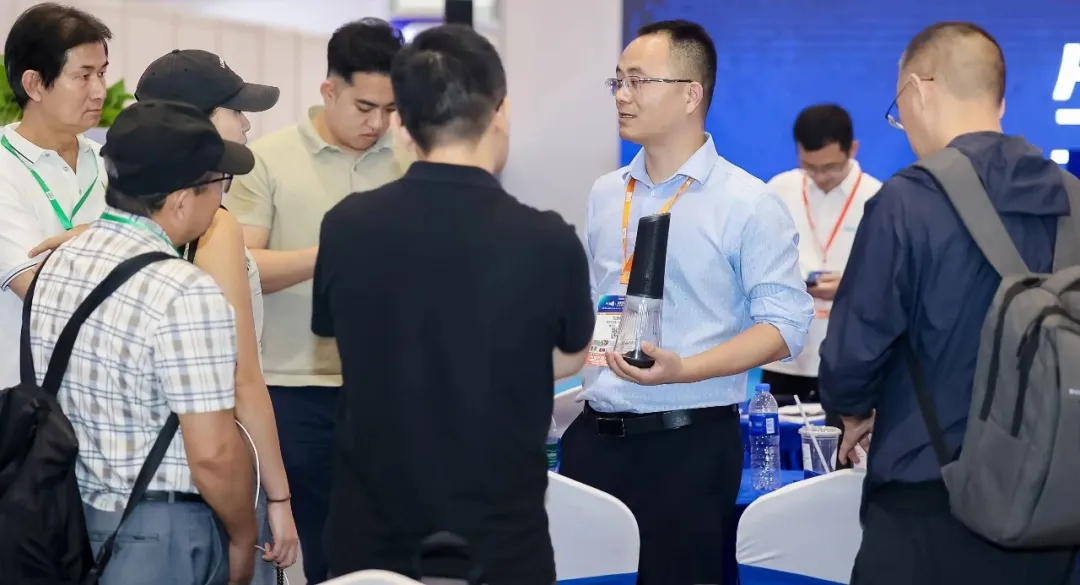
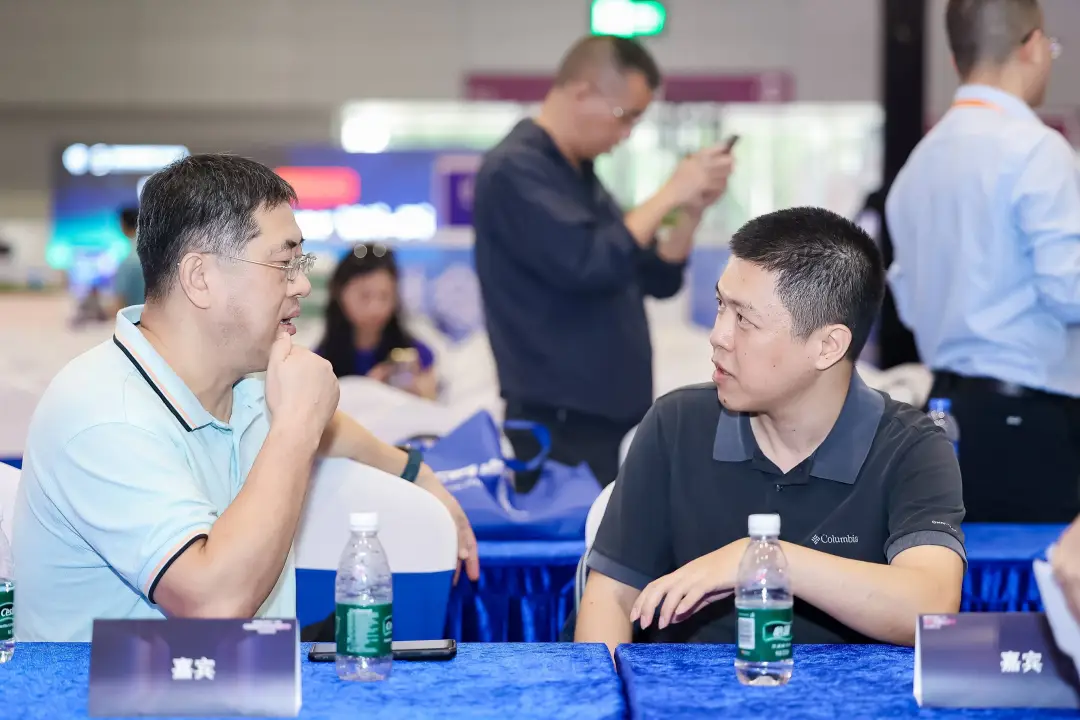
Post-Conference Exchanges and Collaboration
This concludes the "IOTE 2025 Shenzhen Millimeter-Wave Radar Technology Ecosystem Seminar." See you next year!











